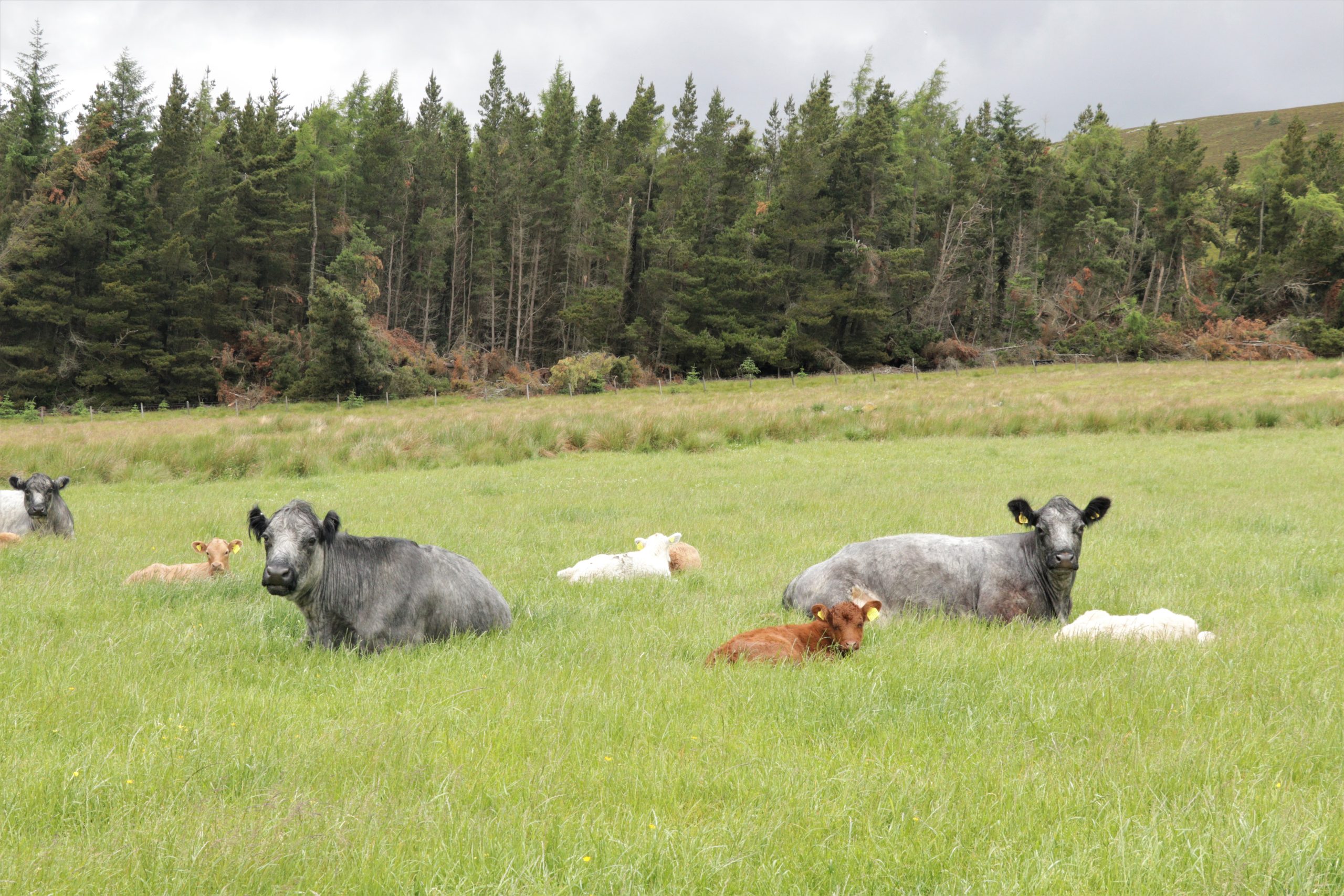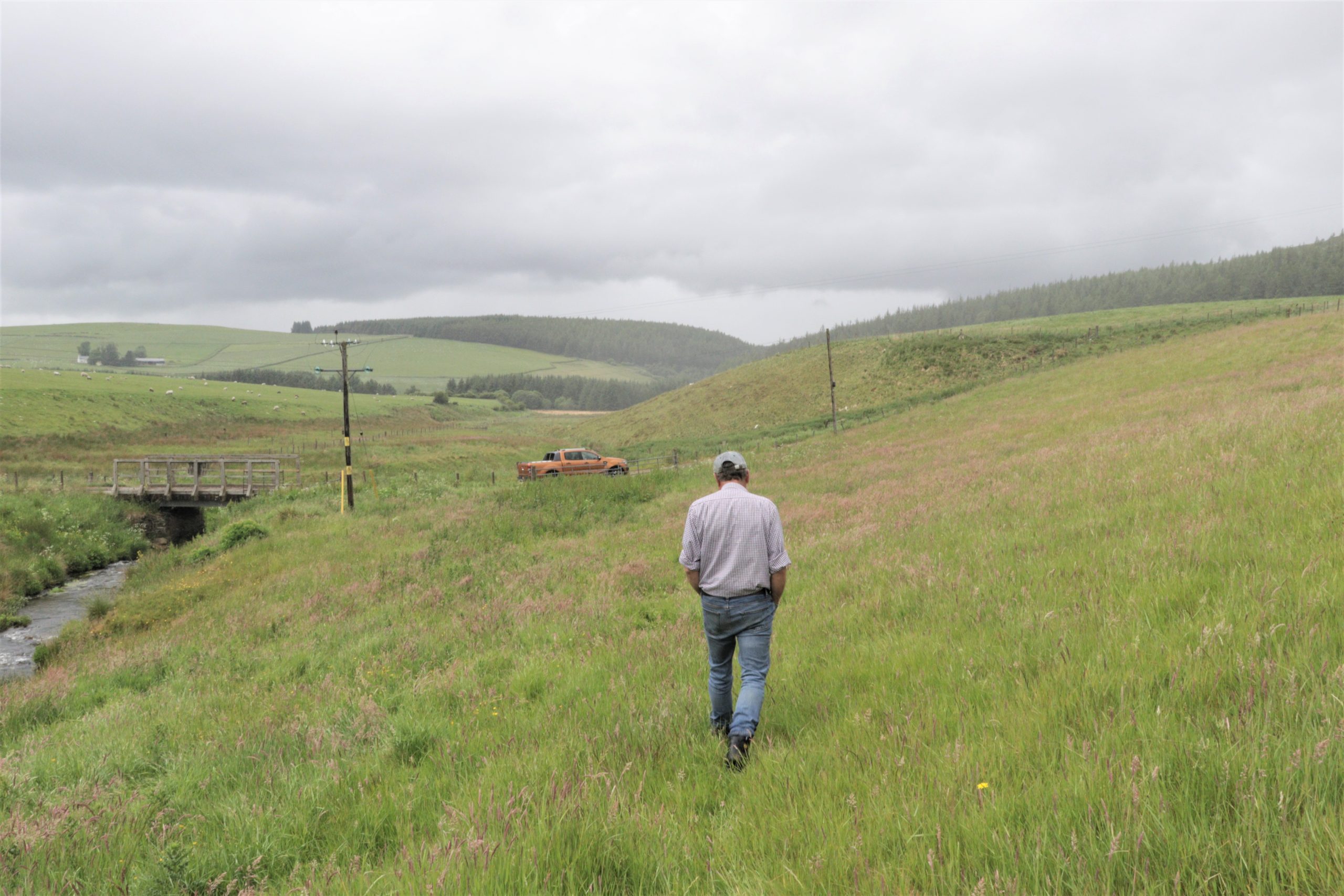Cairngorms Future Farming
David Toovey has been farming Rhindhu near Tomintoul after taking it on from his father-in-law 20 years ago. Rhindhu Farm is one of six farms in the National Park participating in the Cairngorms Future Farming project – part of the Cairngorms 2030 programme – that aims to identify ways to reduce carbon emissions and biodiversity loss and enhance habitats whilst maintaining a healthy farming business.
Why did you want to get involved with the Cairngorms Future Farming project?
Over the years I have noticed changes in nature around the farm and the surrounding area. More recently I’ve seen changes happening more often and for the worse in terms of our wildlife and their habitats. I wanted to get involved in this project to help wildlife and their habitats while keeping our farm viable – that can only be good.
Can you tell us about some of the actions you’ve been exploring for habitat enhancement and carbon reduction?
When we went through the process of measuring our carbon footprint, the results were quite good. We’ve long been an environmentally minded farm. Rhindhu has been part of national environmental farming schemes since the 90s, but these schemes haven’t always been totally relevant to farming here in the Cairngorms.
This project is specific to the Cairngorms and allows us to measure what we’re doing now and look at ways to reduce our carbon emissions and improve wildlife habits around the farm – I feel it’s very relevant to us. We have identified many small actions to take, and together they will have a big impact.
Some of the things we’ve identified for enhancing habitats are installing artificial nesting sites like bat and barn owl boxes in existing buildings, introducing strips of pollen and nectar mixes and wild bird cover, managing scrub and existing woodlands. This includes restructuring the conifer plantation and creating ponds in the floodplain as they are important for different invertebrates, wetland plants and amphibians.
What are the main challenges in the next stage of the project?
I don’t think it will be challenging to implement a combination of the changes we’ve identified, and I don’t believe any of them will negatively impact our farming business.
What are your hopes for the future of the project?
Through this project and making a combination of changes, we can improve things for the next generation. We need to do something now to stop the biodiversity loss so the next generation can enjoy what we had when we were young. It’s not until we lose things that we realise what we have lost but it’s not too late to do something about it.
Find out more about the Cairngorms Future Farming project, part of the Cairngorms 2030 programme on our website.

